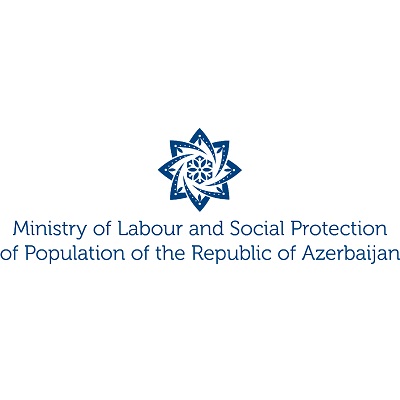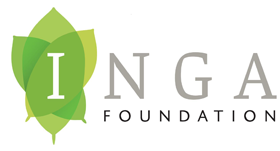Municipal Government of Harar, Ethiopia
Description
About
The fortified historic town of Harar is located in on a plateau with deep gorges surrounded by deserts and savannah in eastern of Ethiopia, 525 km from the capital of Addis Ababa. The walls surrounding this sacred city, considered “the fourth holy city” of Islam, were built between the 13th and 16th centuries and served as a protective barrier. There were five historic gates, which corresponded to the main roads to the town and also served to divide the city into five neighbourhoods, but this division is not functional anymore. The Harar gate, from where the main streets lead to the centre, is of recent construction.
Harar is a city that goes by many names, from the city of saints to a living museum, while some Ethiopians consider it to be Islam’s fourth holiest city after Mecca, Jerusalem and Medina.It has even been called the city of peace.
Harar functioned as the capital of the Harari Kingdom from 1520 to 1568, became an independent emirate in the 17th century and was integrated into Ethiopia in 1887. From the late 16th century to the 19th century Harar was an important trade centre between the coast and the interior highlands and a location for Islamic learning.
Today Harar is the administrative capital of the Harari People National Regional State (HPNRS). The historic town has a traditionally functioning community, forming a complex social-environmental whole where each element has its symbolic and practical significance. The Harari people are distinguished by the continued cultural traditions and quality of their handicrafts, including weaving, basket making and book binding. The organization of the communities through traditional systems has preserved its social and physical inheritance and, significantly, the Harari language.
In 2006, Harar was listed as a Unesco World Heritage Site to highlight its unique and exceptional architecture, which captures the African and Islamic culture of its habitants.
Another attraction is a museum founded by 19th Century French poet Arthur Rimbaud, who at one time lived and worked as a trader in Harar.
SECTOR
Development Cooperation, Capacity Building
Country
Ethiopia
SDG
01 - No Poverty, 02 - Zero Hunger, 03 - Good Health and Well-being, 04 - Quality Education, 05 - Gender Equality, 06 - Clean Water and Sanitation, 07 - Affordable and Clean Energy, 08 - Decent Work and Economic Growth, 09 - Industry, Innovation and Infrastructure, 10 - Reduced Inequalities, 11 - Sustainable Cities and Communities, 12 - Responsible Consumption and Production, 13 - Climate Action, 14 - Life Below Water, 15 - Life on Land, 16 - Peace and Justice Strong Institutions, 17 - Partnerships for the Goals
Organization Type
Government
Similar Organizations

_page-0001.jpg)



